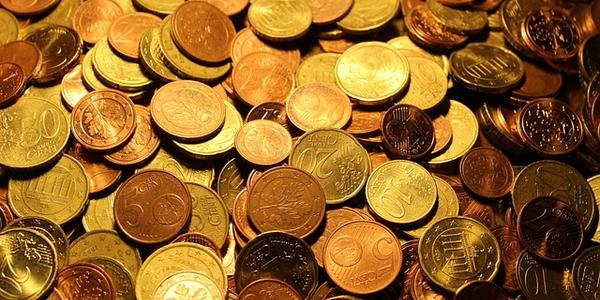As we approach the end of 2024, the financial landscape is filled with optimism and caution. The global economy has shown resilience in recent years, with many sectors rebounding from previous downturns. Consumer spending during the holiday season is expected to be robust, bolstering market sentiment. However, there are also potential dampeners on the horizon, including global tensions in the Middle East or Ukraine.
In this article, we will explore the concept of the Santa Claus rally and its potential implications for the crypto market. We will examine the historical patterns behind this phenomenon and discuss why it may be more relevant to crypto than traditional markets.
The Origins of the Santa Claus Rally
The term "Santa Claus rally" was first coined by Yale Hirsch in his 1972 publication, the Stock Trader’s Almanac. Hirsch identified a pattern where the S&P 500 index tended to rise during the final December and early January trading days. This seven-day period has historically yielded positive returns, with the S&P 500 gaining an average of 1.3% since 1950.
Why Does the Santa Claus Rally Occur?
There are several theories behind why the stock market tends to perk up at the end of the year. Some of these explanations include:
- Tax-loss harvesting: Investors may be looking to invest in tax-loss harvesting before year-end, selling underperforming stocks to offset capital gains and reinvesting in the market.
- Fund manager activity: Fund managers might purchase high-performing stocks at year-end to enhance the appearance of their portfolios in annual reports.
- Reduced trading volumes: With many investors on holiday, reduced trading volumes can lead to less volatility and a gradual upward drift in stock prices.
However, these explanations do not apply as easily to crypto markets. Cryptocurrencies are known for their volatility and 24/7 trading, which makes it difficult to pinpoint the exact reasons behind the Santa Claus rally.
Why a Crypto Christmas is on the Cards
Despite its unique characteristics, the crypto market may still be influenced by the festive season. Here are some possible reasons why:
- Increased consumer spending: The holiday season brings increased consumer spending and a general sense of optimism, which can positively influence market sentiment.
- Retail investors: Crypto markets rely heavily on retail investors, who tend to be more active during the holiday season due to bonuses and other factors.
- Market sentiment: A bullish trend in crypto markets can create a self-reinforcing cycle where investors become increasingly optimistic about the market’s prospects.
Why 2024 May Be Different
The year 2024 has already broken all crypto records, with many assets experiencing significant price gains. If this trend continues, it could be argued that the Santa Claus rally is more likely to occur in crypto markets than in traditional ones.
A Crypto-Specific Strategy for the Santa Claus Rally
If traders believe in the Santa Claus rally thesis, they can employ a strategy of filling their conviction bags before the year-end. This involves loading up on assets that are expected to perform well during the festive season and holding them until the end of January.
By adopting this approach, investors can potentially profit from the increased market activity during the holiday season.
Conclusion
The Santa Claus rally is a complex phenomenon that has been observed in traditional markets for decades. While its relevance to crypto markets may be debatable, it cannot be denied that the festive season has a profound impact on investor sentiment and behavior.
By understanding the historical patterns behind this phenomenon and employing a crypto-specific strategy, investors can potentially profit from the increased market activity during the holiday season.
References
- Hirsch, Y. (1972). The Stock Trader’s Almanac.
- Various online sources and market analysis reports.
This article is for general information purposes only and should not be considered as investment advice. Consult a financial advisor before making any investment decisions.
